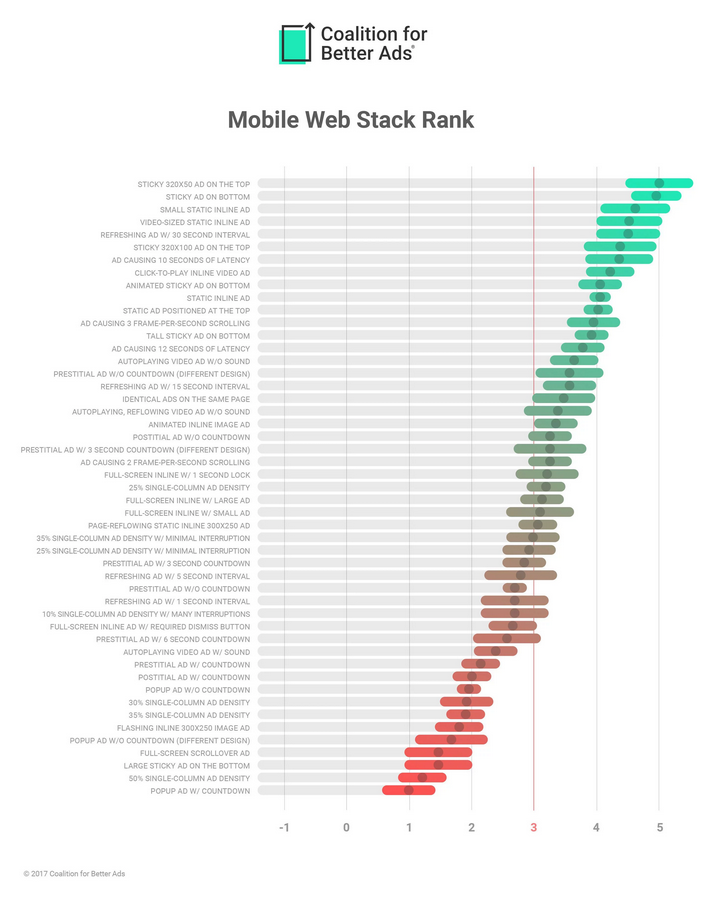The Revere Advanced Point Count is arguably one of the most accurate card counting systems ever conceived. It was created by Lawrence Revere, and follows on from previous highly successful systems such as the Revere Point Count and the Revere Advanced Plus Minus. This method very complex for a beginner and we recommend players new to card counting look for something less advanced – Hi Lo Count.
Most Accurate Card Counting System
The BC improves with a side count of aces. For example, if aces are side counted in the Omega II count and properly used to adjust the true count it can improve the BC from 0.92 to 0.99. 3) BC = Betting Correlation 4) PE = Playing Efficiency 5) IC = Insurance Correlation 6) SUM = SUM OF POINT VALUES = (A+2+3+4+5+6+7+8+9).4 + (T.16). Level two and level three counting systems are more accurate. They assign +2 to some cards and +1 to others. This splits the twos and sevens from cards three through six, with some systems also counting nines differently. There are systems with separate counts for aces.
If used correctly, the Revere Advanced Point Count (or RAPC as it’s commonly known) can offer you an unprecedented level of insight into the state of the cards in the shoe. By providing you with an idea of what’s coming, you can adjust your betting strategy to best take advantage of the hands you’re being dealt.
The Revere Advanced Point Count Promise

The RAPC system works by tracking which cards have already been dealt out of a deck, and using this information to offer fairly accurate predictions not of which precise cards are coming next, but rather the likelihood of the cards that will subsequently be dealt.
Since there are only 52 cards in a deck, someone with a fast mind can count the number of high-value cards that have been dealt. If you’re smart, this can tell you how many are still left.
Revere Advanced Point Count in Practice
Very few people have the innate ability to memorise all 52 playing cards and then mentally tick off what they’ve already seen. In fact, being able to do so is something of a superhuman feat.
Lawrence Revere’s system gets around this by splitting the deck up into groups, and assigning each group some points. You keep a running total in your head, which you add to or subtract from depending on the cards that you’ve seen. The value of the running total can be interpreted to indicate when it’s a good time to bet high or when it’s time to reel it in.
RAPC assigns a value of +2 to all 2s and 7s. 3s, 4s and 6s have a value of +3. 5s have a value of +4, and 8s get ignored.
In the minus camp, 9s are -1. 10s and the rest of the Royals are -3, and the Ace is -4.
You make betting decisions by analysing what your current running total is. If it’s on the high side, you can be fairly certain that high-value cards are coming soon, which makes it a good time to increase your bet.
If it’s on the low side, then the majority of the high-value cards may already have been spent. Prudence would advise you to lower your bet.
The Problem with Revere Advanced Point Count
The fundamental flaw in the Revere Advanced Point Count system is that it really doesn’t offer a significant advantage over memorising the actual cards you have seen. By using four levels of addition and subtraction, it’s actually only two clicks away from having to memorise the contents of the entire pack.
Best Card Counting System
Most serious Blackjack players feel that the RAPC method is far too complicated to offer significant benefit because it requires too much concentration to pull off. As a result, hardly anyone uses RAPC. It’s recommended for extremely advanced counters only.